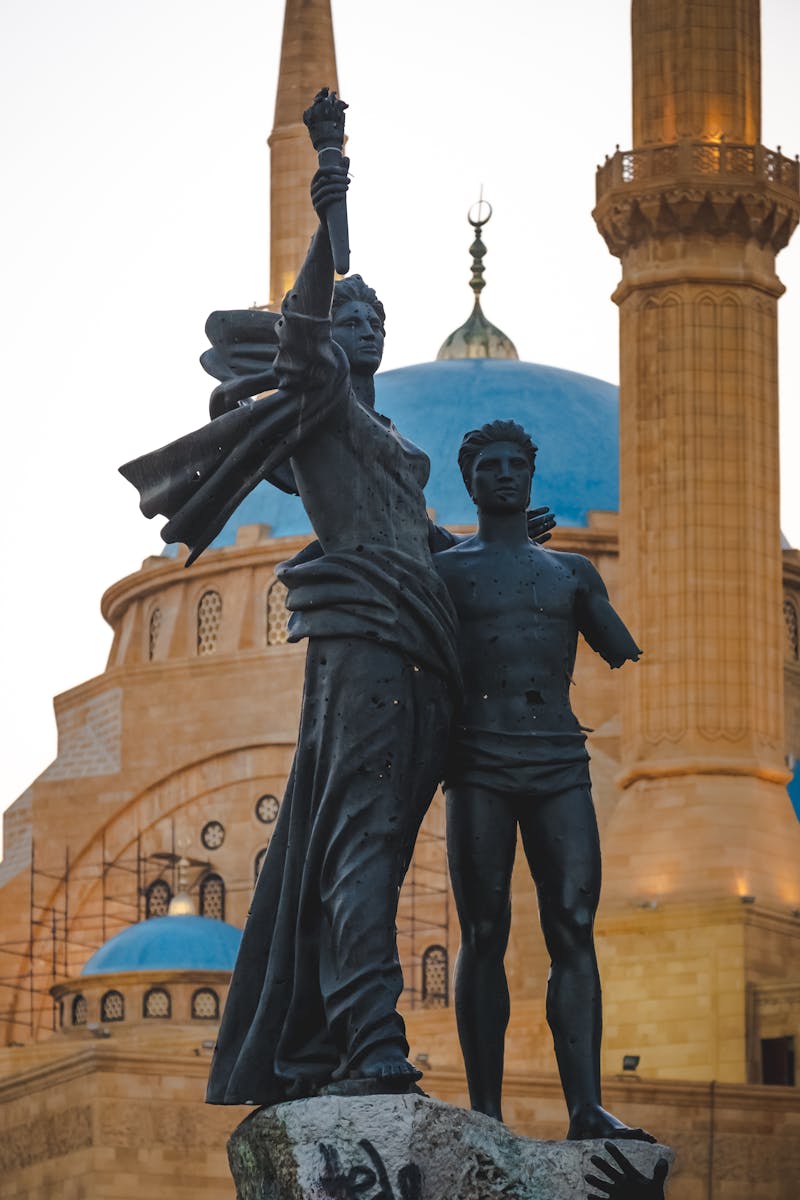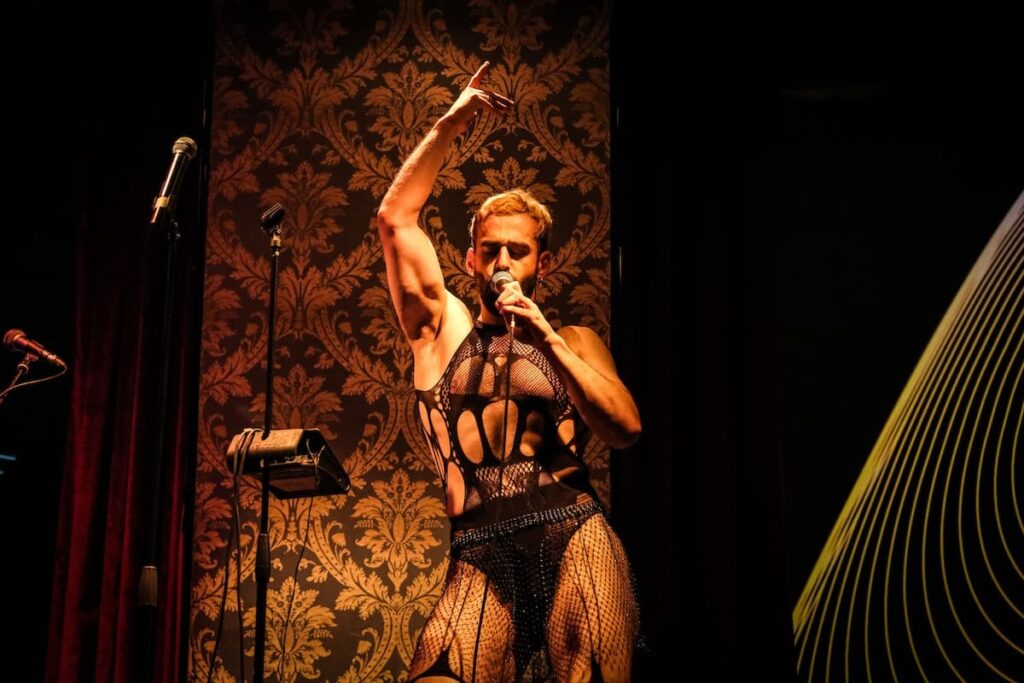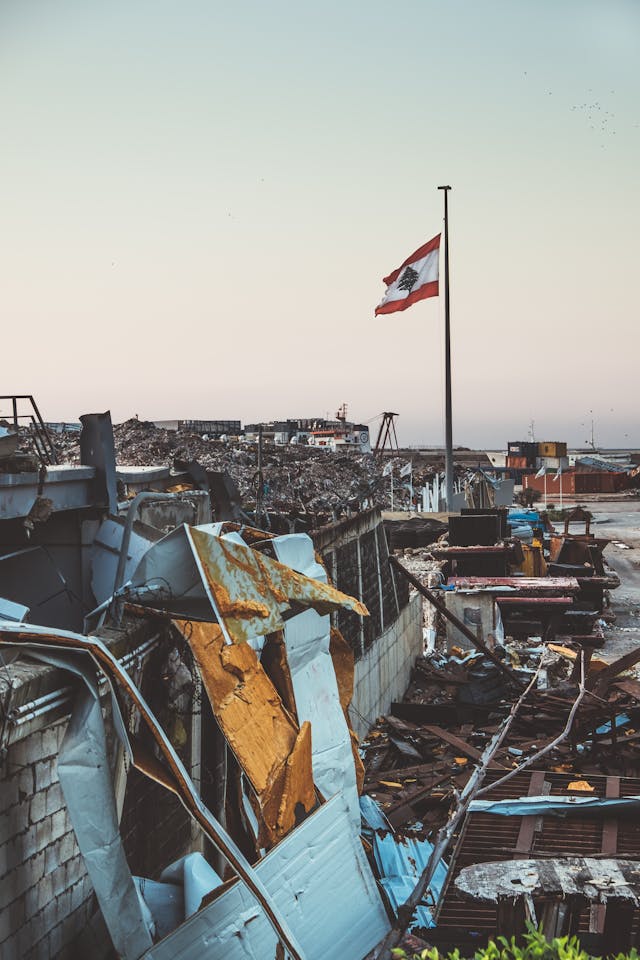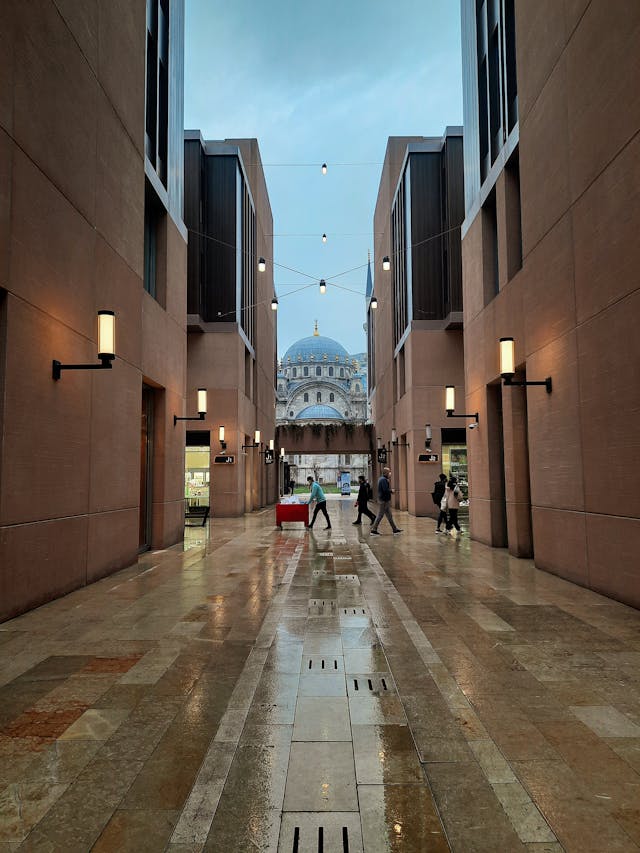In Beirut on the eastern Mediterranean, nothing confronts you with reality as much as the dance, the Arab body, the unadorned, which after years of horror has shed its ornamental dress and speaks directly to you.

Country without a state
Where there are no structures to make art possible, art throws itself a party. It does not need any structures; it creates its own in Beirut, in a deeply shaken city where everything has gone back to square one and anything seems possible again.


